Published: June 9, 2024 | 7 mins read
The #1 Genetic Cause Of Kidney Stones: Cystinuria Disease
ARTICLE SHORTCUTS
- What is Cystinuria Disease?
- Cystinuria Disease and Kidney Stones
- The Mechanism How Cystinuria Disease Leads to Kidney Stones
- Cystinuria Disease Diagnosis
- Cystinuria Causes
- Cystinuria Disease Management
When a person has recurrent kidney stones, many doctors would blame the genes. Is there truth to this claim?
Honestly, around 90% of kidney stone cases are connected to diet and some underlying conditions that are also diet-driven. Yes, it’s true that genes may play a role. However, only a small portion of the kidney stone population would have this genetic route.
In this blog, we will be talking about the most common genetic condition that relates to kidney stones – cystinuria disease. Let’s dig more about cystinuria’s profile in the next section.
What is Cystinuria Disease?
Cystinuria disease is an inherited defect in the transport of the amino acid cystine.
Cystine is the least soluble of all essential amino acids (the building blocks of protein). For a building’s foundation to be strong, there should be rebar or steel reinforcement within the concrete to increase its tensile strength. In the same way, cystine is important for the structural stability of proteins.
The precursor of cystine (cysteine) is derived from the protein-rich foods we eat. Cystine forms when two cysteine molecules are linked together by a sulfur bond (disulfide). This bond is formed during protein synthesis.
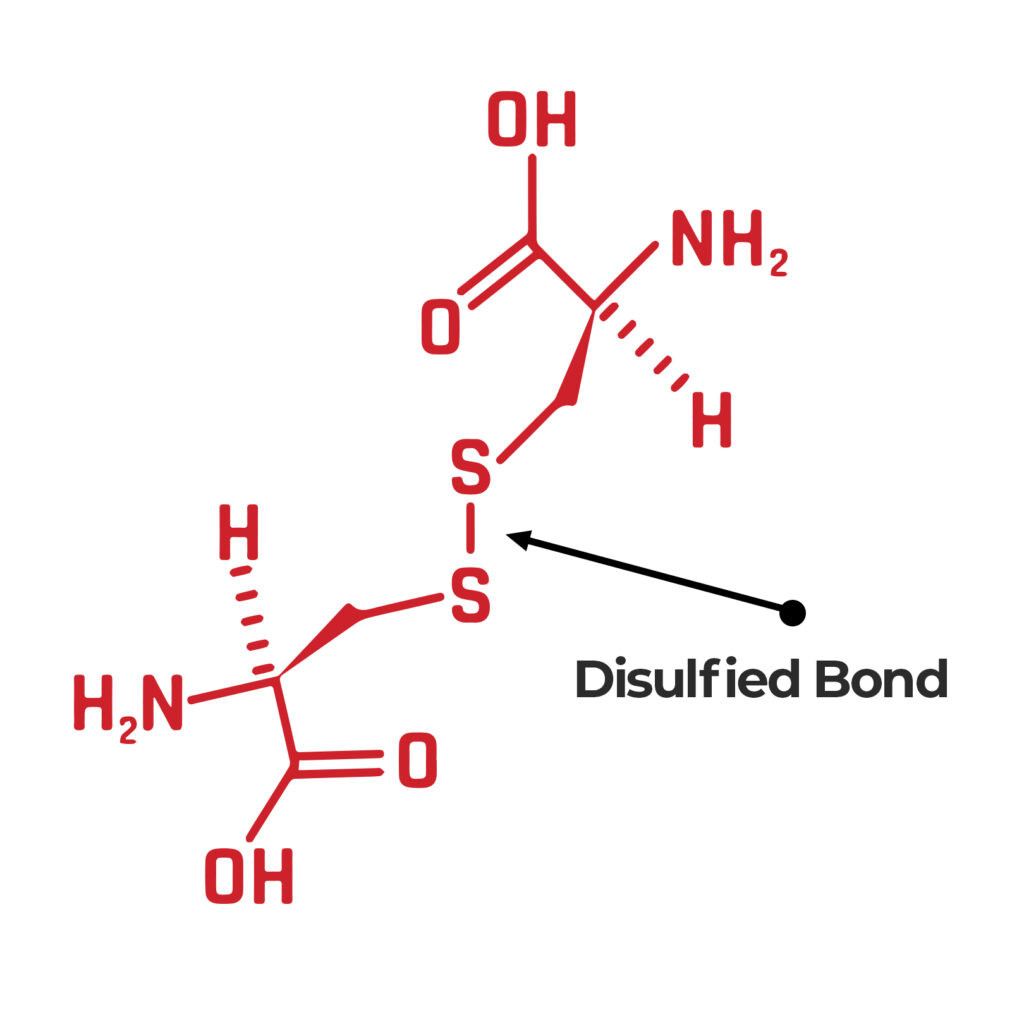
Interestingly, patients with cystinuria disease often have trouble with intestinal transport and absorption of cystine. Other factors usually help mitigate this problem, but in some instances, cystine would be excessively excreted in the kidney. This leads to the issue we are most concerned about – kidney stones. The next section will give you the details about this connection.
Cystinuria Disease and Kidney Stones
Again, cystinuria is the most common genetic cause of kidney stones. Luckily, it’s not a very common disease, as it only affects about 1 in 7,000 people in the United States. Men are affected by cystinuria about twice as often as women.
Cystinuria causes supersaturation (excess amounts) of cystine in the kidney, predisposing to stone formation.
But what’s the logic behind why this amino acid crystallizes? Read on to know the answer.
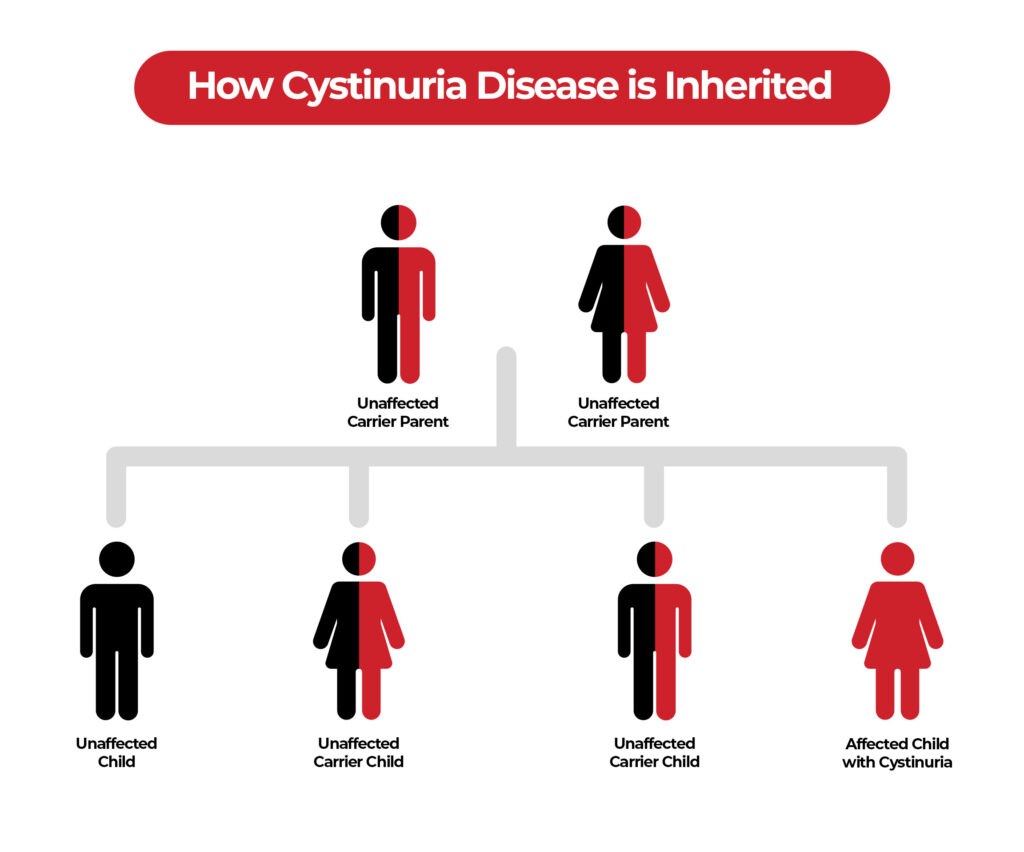
The Mechanism How Cystinuria Disease Leads to Kidney Stones
Cystinuria disease only poses a challenge when urine pH drops a little. In other words, urine pH below 7.0 is the glue that binds cystine together to form stones. Cystine tends to dissolve at a pH above 7.0.
At a pH of 7, around 250 mg/L of cystine dissolves in the urine. This increases as the urine becomes more alkaline. For instance, at a pH of 7.5, around 500 mg of cystine can dissolve in a liter of urine. However, we do not advise going over 7.5 pH as overly alkaline urine carries a risk of calcium phosphate precipitation.
Nevertheless, these are only rough estimations; cystine may dissolve differently in an individual’s urine depending on other factors like electrolytes (calcium, sodium, etc.), ions, and other molecules. So, it is best to undergo specialized tests to check your cystine levels.
That said, in the next section, let’s look at some ways to check your cystine levels.
Cystinuria Disease Diagnosis
Have you ever had foul-smelling urine that smells like rotten eggs? That’s exactly what people with cystinuria disease experience. The secret is the sulfur content of cystine.
During urinalysis, you can easily identify whether a person has too much cystine in the urine. Cystine presents itself as hexagonal crystals in the urine. This appears in about 25% of cases on morning urinalysis and is a sign of cystinuria.
Also, in healthy adults, cystine in urine should be less than 30 mg daily. However, those with cystinuria often have over 300 mg.
Another test that doctors use is the sodium cyanide-nitroprusside test. It is quick, simple, and gives a good idea of cystine levels in the urine. It is done by a 24-hour urine collection. The urine sample is mixed with sodium cyanide-nitroprusside to see if it will change in color. Suppose a high concentration of cystine is present. In that case, the urine sample will change into purple in just a few minutes.
Testing for cystinuria disease in children is quite different. For kids, cystinuria is diagnosed if they have the following cystine/creatinine values:
<80 mg/g creatinine for <1 month
<52 mg/g creatinine for 1-12 months
<35 mg/g creatinine >1 year
Now that we’ve uncovered diagnosis, it’s time that we talk about the causes why a person develops this genetic condition.
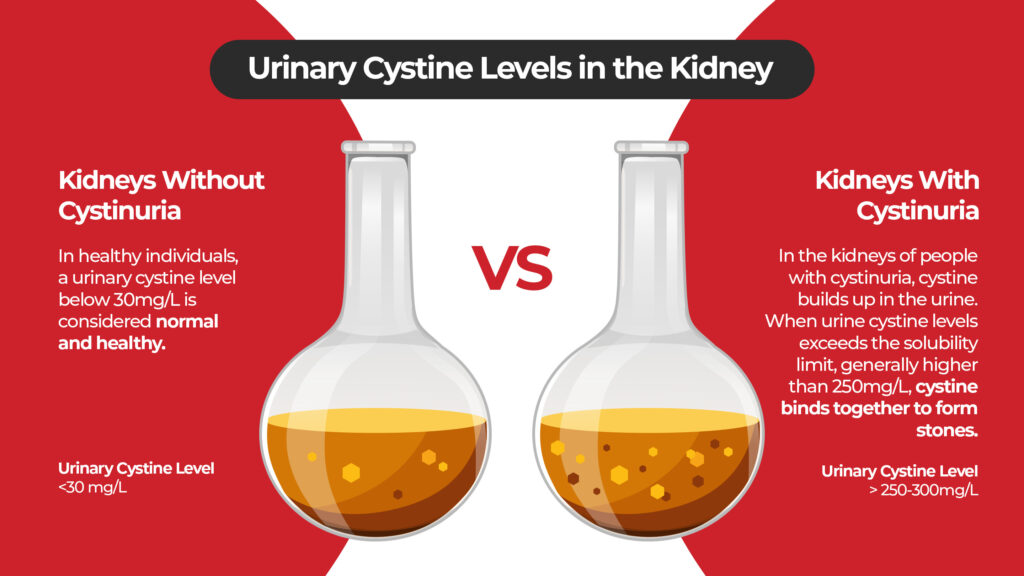
Urinary Cystine Levels in the Kidney
Cystinuria Causes
Cystinuria disease happens when there is a defect in how the kidneys reabsorb cystine in the proximal renal tubules (first segment of the kidney’s functional part). This defect also impacts other amino acids besides cystine, namely ornithine, lysine, and arginine (COLA). However, only cystine leads to stone formation. So, just like the main vocalist in a boy band, it is the most essential in this group in the kidney stone context.
The specific genetic cause of cystinuria is linked to mutations in the SLC3A1 gene on chromosome 2 or the SLC7A9 gene on chromosome 19. In rare cases, it can be both genes.
Why these mutations happen remains an unsolved mystery, which means cystinuria is a lifelong burden.
But don’t be discouraged. This doesn’t mean that you need to endure kidney stone pain your whole life. The next chapter will teach you ways to manage cystinuria and avoid kidney stones.
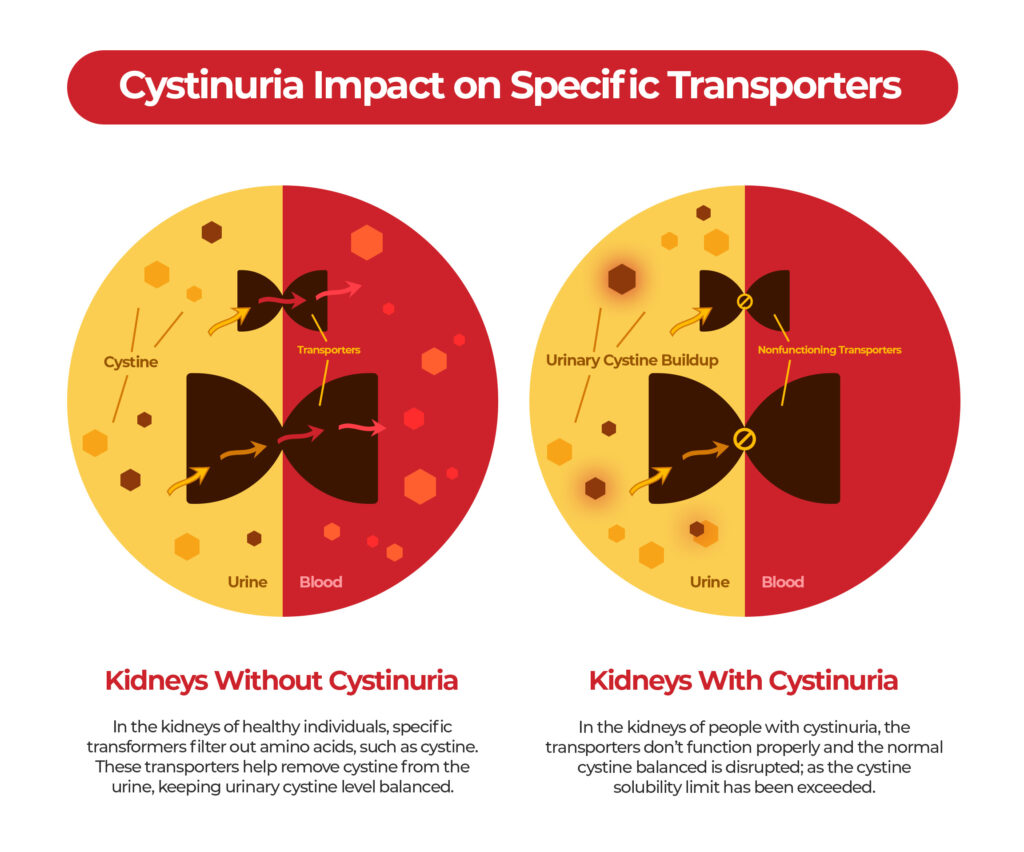
Cystinuria Disease Management
The best way to manage cystinuria disease is to aim for a neutral urine pH (7.0 to 7.5) through diet. It is possible to achieve that range through an animal-based diet since acidic urine is usually a product of metabolic dysfunction or acid buildup in the body (acidosis). These issues are fixed when you return to the species-appropriate diet our ancestors ate to thrive.
Western medicine has campaigned for less salt and meat and more veggies for cystinuria patients. However, eating more plant-based will set you up for other kidney stone types, such as calcium oxalate stones (due to oxalates) and calcium phosphate stones (due to alkaline urine). Going plant-based is not a good option. It’s like a hidden trap in your way.
Plus, plant-based diets won’t fix the metabolic issues driving acidic urine but worsen them.
If you are interested in learning the species-appropriate diet that will help you manage cystinuria more effectively, we invite you to our Coaching Program.
Remember, the aim isn’t to accumulate oxalates or overly alkalize your urine but to keep your urine pH neutral.
Aside from dietary measures, proper hydration is also one of the first steps in managing cystinuria disease. Patients should increase their fluid intake to produce at least 3L of urine daily. This helps dilute the urine to keep cystine levels at 250 mg/L or less. To achieve this, you must drink about 3.5 to 4 L of water, depending on the patient’s cystine excretion levels. The goal is to maintain urine’s specific gravity at or below 1.010. Specific gravity indicates how concentrated or dilute the urine is relative to pure water, which has a specific gravity of 1.000. So, a specific gravity of 1.010 indicates well-hydrated urine.
Although some patients produce up to 1,400 mg of cystine per day and may need additional treatments, up to one-third can manage their condition with fluid management alone.
Other cystinuria treatments may include alpha-lipoic acid (an antioxidant) and thiol-based drugs. Thiol-based drugs can break disulfide bonds that hold cystine molecules together, and bind with cysteine.
But, if you want a holistic approach to managing cystinuria and preventing stone formation, we recommend joining our Coaching Program. Don’t let the gene-blaming game stop you from getting your life back. Cystinuria may be incurable, but with proper guidance, you can prevent kidney stones and live your best life that you never thought was possible.
REFERENCE
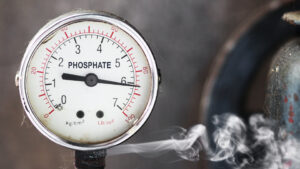
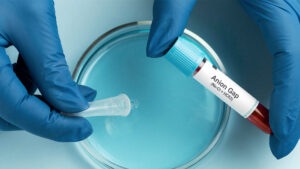
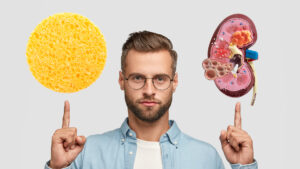

The kidney stones are a major concern. I have everything (except the migraines) finally under control now. The stones are excruciating. Your product is a God-send. I am not done with this stone, however. I cannot pull another all-nighter tonight to flood myself with water.
I take acetaminophen once a day when the pain feels like it’s all over my body, and that’s often.
I am constantly in the bathroom.
I just flood myself with water and now I use Stone Relief Cleanse.
I don’t know how to treat the stones.
That is a very nice offer, but I need a 50% discount. I am on a very fixed income. My rent was just raised $350/month, so it is now $1800/month and my Social security is $1668/month. My total loans are $1400/month and none of that includes utilities, food, my small dog, supplements, a few medications, Medicare & my supplemental medical insurance, etc. I am looking to move to a smaller place. I spent all last Fall and Winter in the hospital and rehab with cellulitis on my lower legs, Covid, strep throat, and now cellulitis again. Using Emuaid cream is fabulous for the cellulitis. The kidney stones were and are bonuses with migraines breaking through my daily migraine medication. Wearing a soft foam collar to keep my head up really helps. I am worn out. I am handling these things on my own and I just keep going. I am exhausted. Stone Relief Cleanse is a miracle for me. It really works. I also use LifeWave patches on my ankles, top of my spine, and bottom of my spine, and they have completely stopped my swollen legs and, over time, will balance me out. Very expensive, but excellent. I am attacking my illnesses from all angles. I am also hunched over and have Harrington rods the full length of my back with nuts and bolts up 85% of my back. That cannot be doing me much good. “I certainly hope there is a next life, because I am going to need it to recover from this one,” stated a cartoonist/humorist Ashleigh Brilliant. I also have Hashimoto Thyroiditis. I suspect some of my supplements are contributing to my stones, so I will visit my chiropractor who does a unique form of applied kinesiology with all of them soon. I eat a meat-based diet, the Blood Type O diet once again, and I feel better. No dairy, which causes my stones and UTIs.
Hey Betty, Thanks for sharing this with us. We appreciate your time letting us know these. I’ve sent you a message. Please check it at your earliest convenience, and let me know if you have any questions or need further assistance.
I also do not have the money to do private sessions with Joey. My business, which used to be excellent, has fallen apart this past year.
Hi Betty, I understand how challenging things can be. To help with the cost, we can offer you (just for you!) a 15% discount on session with Joey. Hopefully, this makes it more manageable for you. If you’re interested, just let me know, and I can arrange the details!
I haven’t a clue where to start. I don’t have a good urologist now.
Hi Betty, if you’re looking for guidance and support, we offer the option to book a coaching call with Joey, our Founder who can help you and provide advice on managing kidney stones. If you’re interested, let me know, and I can set it up for you!
That would be lovely, but I would be out on the street if it weren’t for a few friends. There funding will run out soon. I have many applications. I also am over 45 reports to write for my business that I never did over the past 3 years, due to a severe crisis that “broke” me and my work. I am in sorrowful shape, where I used to be so successful.
I’m sorry to hear about everything you’re going through, Betty. If the kidney stone is a major concern, perhaps we can offer more specific support. Are there particular questions or challenges you’re facing with managing or treating the kidney stone? We’re here to help however we can.